depth
Source: Fashion Headline Network
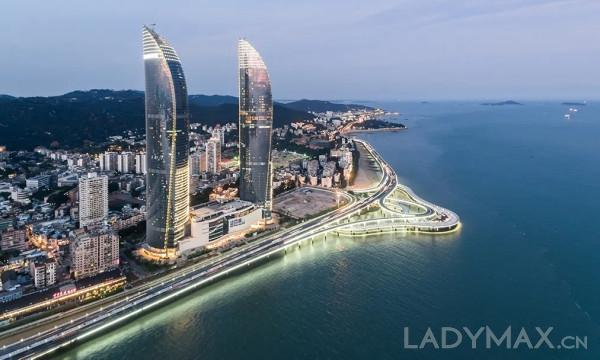
The commercial potential and consumption power of 12 cities in China have developed to a point that cannot be ignored, and they must be analyzed, compared and re-examined.
Author | Drizzie
Although China is the pillar market of the current global fashion industry, which has contributed to the growth dividend in the past five years, there are still a lot of uncultivated land here.
When e-commerce platforms such as Pinduoduo entered the mainstream competition track with the sinking market consumption power, luxury fashion groups began to re-understand and deeply understand the special market form of China, and attached importance to the purchasing power of the middle class in markets outside the first-tier cities.
On the other hand, in the past ten years, the vast majority of fashion brands have captured the four first-tier consumer cities of "North, Guangzhou and Shenzhen", and their market roles have been basically established.
It is the general trend for some head brands to transform the brand recognition gained in China in the past few years into actual market share, improve profit margins and achieve a smooth soft landing, and expand the sinking market.
Kering real estate director Sergi Villar said last year that five luxury brands under the Group will open 14 new stores in six cities in China, Shanghai, Dalian, Kunming, Wuhan, Shenyang and Wuxi, all of which are new first-tier or second-tier cities except Shanghai. This move is considered by the industry as a signal that leading luxury enterprises are sinking their channels.
So the question now is, what other cities in China have the potential for fashion business? In order to do a good job in the next expansion, the brand must first really understand China, a vast, densely populated, culturally diverse and complex market.
According to the Fashion Business News, Vogue Business in China, a fashion industry media owned by Condé Nast China, will release the 2020 "New Fashion Capital Index Report" on November 21st, which is also the first city research index report and city index ranking in the industry. In cooperation with consulting firm EY Parthenon, this report conducted in-depth desk research and data analysis on 12 cities in China in the first issue of the 2020 edition of the New Fashion Capital Index Report.
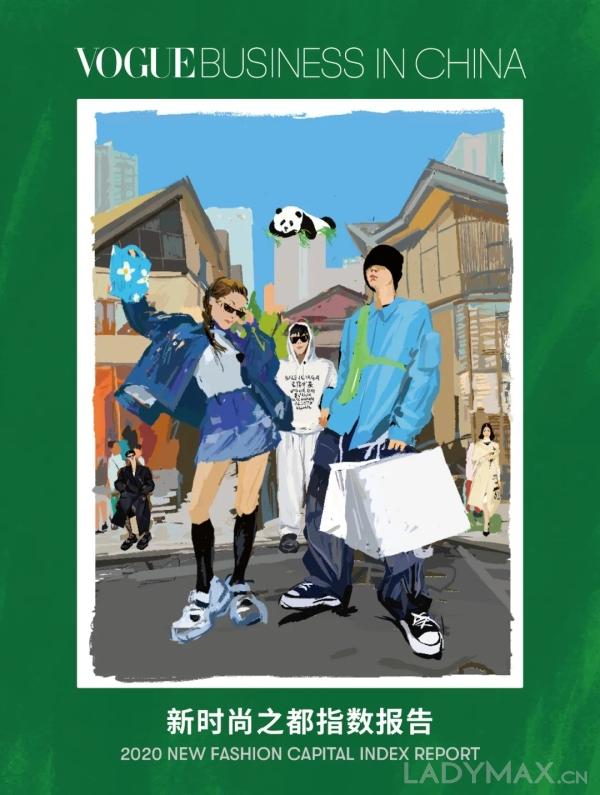
Vogue Business in China will release the 2020 "New Fashion Capital Index Report" on November 21st, which is also the first city research index report and city index ranking in the industry.
Different from the general comprehensive ranking of new first-tier cities in some previous reports, this report makes a more specific comparison and analysis of urban fashion power. The report divides the new fashion capital index into five first-level dimensions, namely, fashion consumption power, fashion business potential, fashion cultural charm, fashion innovation talent and fashion development power, which provides quantitative standards for consumers and industry professionals to feel about these cities.
This dimension division will help industry professionals to identify the differences between Chengdu, Nanjing and Hangzhou, and provide reference for industry practitioners to formulate future business development strategies and expansion paths.
Vogue Business in China will also hold a summit for the release of the 2020 "New Fashion Capital Index Report", initiated by Bao Yimin, editorial director of Vogue Business in China, and discuss with industry experts, business and cultural leaders how the city can achieve new breakthroughs.
It is worth noting that the summit will also be located in Chengdu, and guests will be invited to discuss in depth the lessons of Chengdu’s fashion development.
▌ Cultural power is the background color of fashion cities.
Choosing Chengdu as the release place of this report is better than the particularity of fashion culture in this popular city.
This city has become one of the most fashionable young people’s gathering places in China. With the help of street shooting and social media, it shows the dress style of young people in China. They can accept very diverse brands, not just big brands.
In addition to dress, the lifestyle of young people in Chengdu is actually very diverse, including rich nightlife, food, rap music, etc. They are open-minded about enjoyment and self-display. This also causes them to be very decisive when shopping, pay attention to decoration and self-expression, and their aesthetics are romantic.
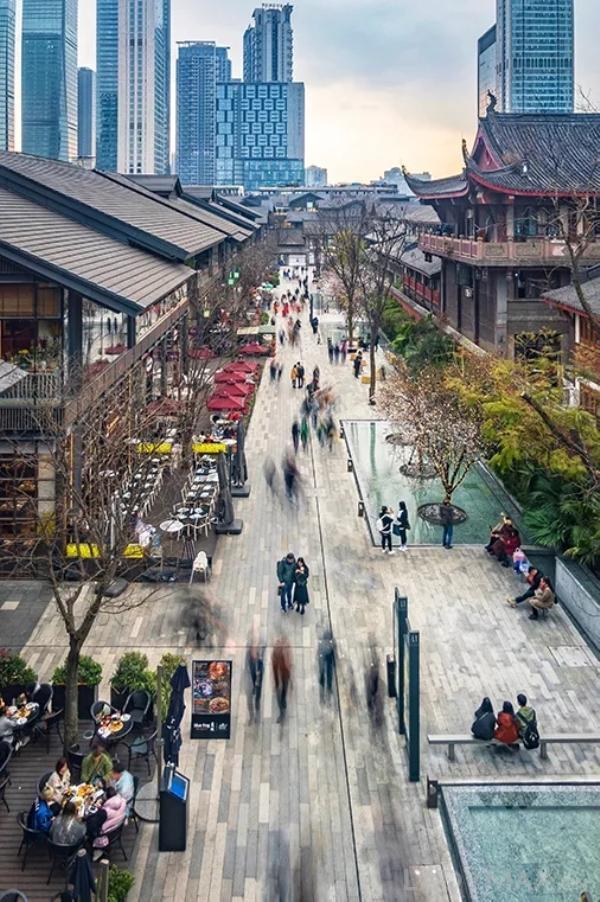
Choosing Chengdu as the release place of this report is better than the particularity of fashion culture in this popular city.
In contrast, although cities such as Shenyang and Dalian have strong consumption power, they may be second only to Chengdu and Hangzhou in the whole country, but their fashion and cultural power is short-board. Bao Yimin told WeChat WeChat official account LADYMAX, "What they lack is a fashionable and cultural environment, and cultural activities are relatively scarce. If you go to Dalian today, consumers will find that the most famous shopping center in Dalian is actually very similar to Beijing SKP or Shanghai Henglong, and the excavation of fashion culture in this city will be relatively small. "
He believes that although everyone knows that Chengdu is a very interesting, famous and consuming city, they seldom realize that it is not only unilaterally strong, but also has strong comprehensive strength, and the overall development, especially the development of young and cool culture, is very leading.
"Because Chengdu has a very unique culture, it has also attracted the attention of many big brands. For example, Chanel will hold a show and regard Chengdu as the first important entry point. Therefore, the combination of consumption and culture makes Chengdu a very attractive city, at least for fashion. "
In fact, the consumption power of many cities in China is very strong, otherwise it is impossible to contribute at least 30% of the consumption power to the sales of luxury goods in the world. However, consumption itself is not the main reason for the future fashion capital. China’s strong economy will naturally lead to strong consumption.
The real fashion cultural power represents everyone’s living standard and high sensitivity to fashion, which is embodied in cultural and creative industries, fashion weeks, art galleries, cafes, etc. The growth of these cultures will make the city lively and interesting.
To this end, the New Fashion Capital Index Report also gives 30% weight to fashion culture in five dimensions, which is heavier than other projects. Fashion consumption power is a "hard" number, while fashion culture is the background color and the depth of development. When the consumption power has increased to a certain extent, the importance of cultivating fashion culture has begun to be emphasized.
Bao Yimin also admitted that one of the biggest breakthroughs in the report is to digitize fashion culture, which is very abstract and emotional, so how to digitize and score abstract and emotional fashion culture is the key issue. Therefore, this report analyzes the cultural activities such as cafes and bars in each city and the local government’s measures to promote fashion. "This is to see where the roots of fashion culture are, and we have to dig deeper."
In addition to quantitative analysis, the New Fashion Capital Index Report also conducted in-depth interviews with two or three local opinion leaders and experts in 12 cities, and conducted research on fashion hot spots in different cities, supplementing the content of qualitative research.
Another thing worth mentioning is "the power of fashion development". "Fashion development power" involves the government’s support for the fashion industry, the city’s own scientific and technological level and capital strength.
"The development of the city needs the support of the government, so the report will give a score on how much the local government uses in the development of the fashion industry, that is to say, how much money it spent, what kind of fashion culture-related exhibitions it sponsored or held, and how many local art galleries or forums they participated in. This dimension was not available before (in many reports), and government participation can indeed be digitized because its behavior is open. "
If the government’s development plan includes training creative talents such as fashion designers, opening pop-up shop or holding forums, it can make every local fashion culture grow and the attractiveness of the city will be qualitatively improved.
Chengdu and Hangzhou are attractive to the surrounding cities, which leads to the further improvement of urban consumption power and the formation of a positive cycle. Data show that during the Eleventh Golden Week, Chengdu became one of the most popular tourist destination cities, receiving a total of 20.17 million tourists, up 32.7% year-on-year. The average daily passenger flow of Chengdu shopping malls approached the 40,000 mark, up 33.5% from the previous week.
In this dimension, Wuhan is also a special role. Wuhan was originally a very young city belonging to students, but under the government policy bonus after the epidemic, Wuhan’s fashion potential may accelerate.
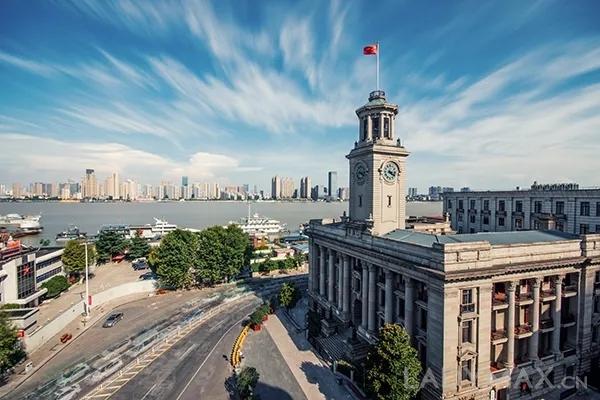
Wuhan is a very young city that belongs to students, and it will also benefit from the government’s policy dividend after the epidemic.
A very high proportion of young people in this city are the basis of fashion development, and they are also the consumer groups pursued by the global fashion industry today. Bao Yimin explained that, first, students account for a large proportion in Wuhan’s population structure, which leads to a great relationship between the popularity of brands in Wuhan and what students can consume and may like. When the student population is at least more than half, Wuhan can basically be regarded as a university town, so students’ market reaction can clearly reflect what brand is suitable for college students, or what brand college students are chasing.
▌ The next step in the north, Guangzhou and Shenzhen.
While some cities are rising, Bao Yimin is also optimistic about the next step of going north, Guangzhou and Shenzhen. He thinks that there is actually a second wave of middle class demand rising in China’s consumption. With the rise of new cities, the four cities of Guangzhou, Guangzhou and Shenzhen will still play a very important role.
If we refer to Milan, Tokyo, new york and Paris as the first-class cities of fashion capital, their development is mostly due to their important roles, such as Fashion Week. Big cities still have the greatest media and population attraction, and they will always play the role of "boss". At least next year, the whole world will be watching the contribution of local consumption in China to fashion development, so the potential of Guangzhou, Guangzhou and Shenzhen will not be weakened in two or three years.
Fashion is a constant pursuit of new industries, and brands certainly hope to find new markets outside the North, Guangzhou and Shenzhen, and these 12 cities offer more possibilities. Bao Yimin predicted that if life can’t return to normal next year, the future global fashion week will probably be released from China. For the sake of uniqueness, brands may not choose to go to the north, Guangzhou and Shenzhen, so the new fashion capital will gradually be favored by international brands.
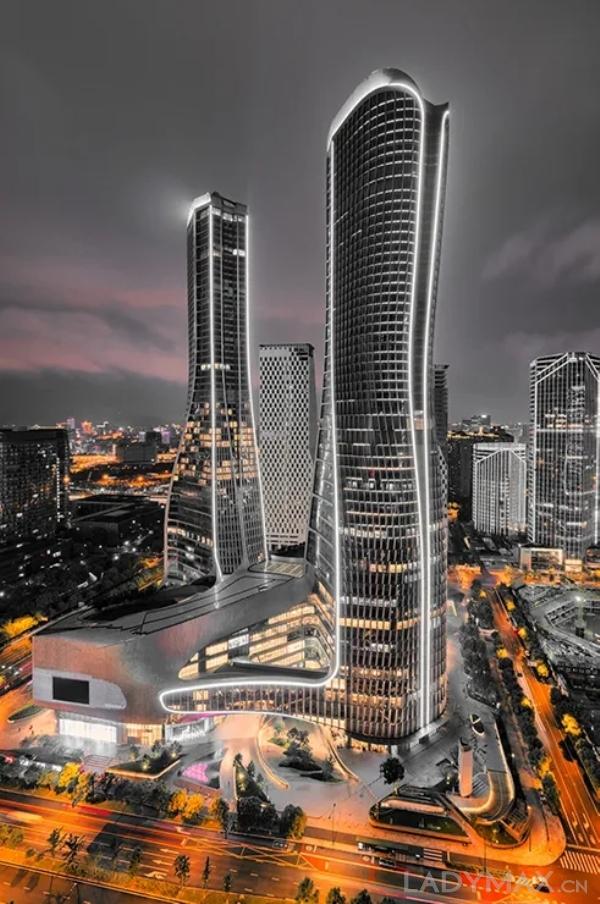
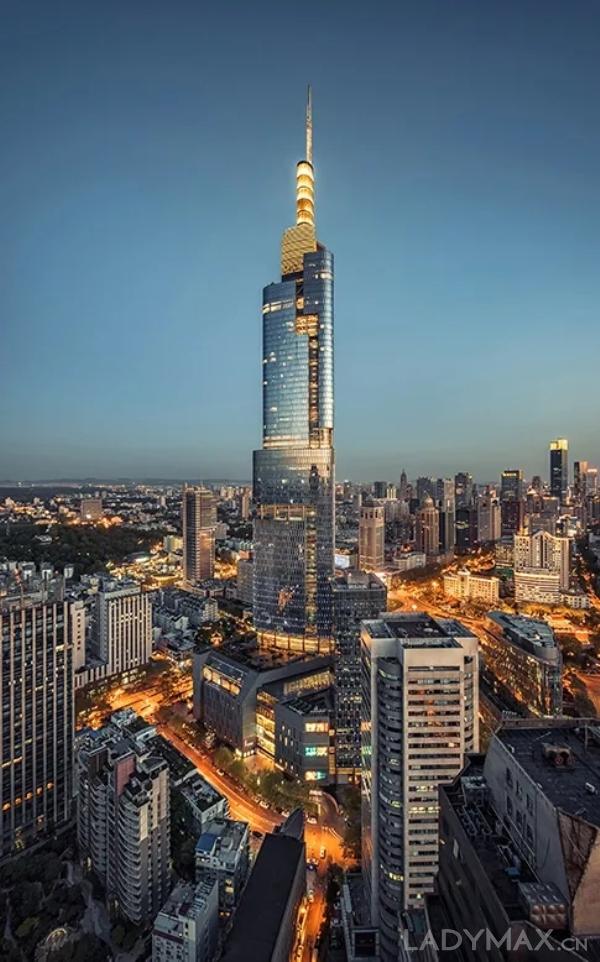
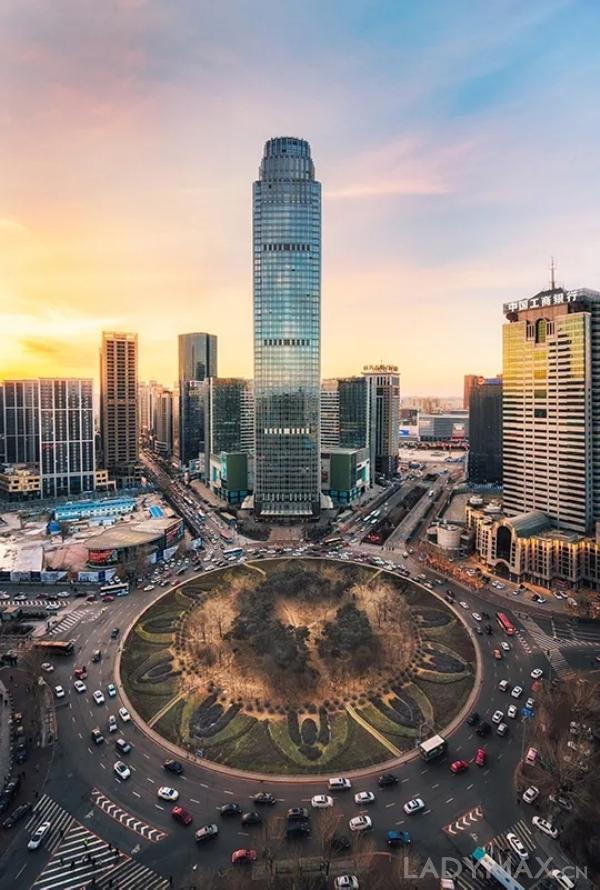
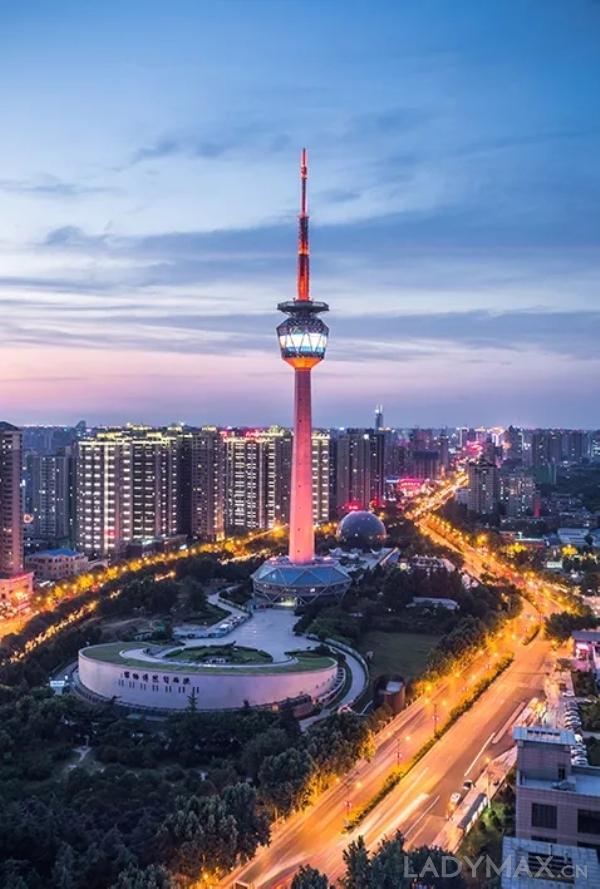
Cities such as Hangzhou, Nanjing, Shenyang and Xi ‘an are providing China with more possibilities for the development of fashion industry.
The 12 cities in this report only selected representative cities in various regions of the country to conduct a sample survey, sketching the general appearance of the current domestic urban fashion development, which does not mean that the report has given a closed definition for the fashion capital of China. In view of the fashion development of more different ladder cities, Vogue Business in China plans to launch a city report every year from this year to track and investigate the progress of China’s urban fashion development.